30 Years of Honda NSX
Sports cars with a mid-engine layout are mainly known from Italian production. In 1986 Honda in Japan began with a corresponding development project under their then Head of the Development department and later CEO, Nobuhiko Kawamoto. A lightweight construction, a compact engine, driver-oriented ergonomics and sophisticated aerodynamics with as little lift as possible were the key points in the specification sheets. For this purpose, chief engineer Shigeru Uehara and chief designer Ken Okuyama cooperated in an absolutely ingenious way. Not only visually oriented to other sports cars of the time, but also in addition inspired by the F-16 ‘Fighting Falcon’ fighter jet, the sports car received an upper part quite similar to the one-piece canopy, with which it allowed a 311.8 degrees all-round visibility. Other design ideas were also adopted from the 1984 concept car HP-X by Pininfarina and the MG EX-E from 1985. As Honda had a 20-percent stake in the MG Rover Group during the 1980s, they easily got the blueprints for this car.
But before the final design and then the world premiere of a pre-production car at the Chicago Auto Show in February 1989 came along, the prototypes were used for hundreds of hours on test and racing circuits as well as fine tuning on test stands and in the wind tunnel. Honda also took advantage of the expertise of the Brazilian Formula 1 driver Ayrton Senna, who had become World Champion for the first time in 1988 with a Honda engine in his McLaren. He drove various prototypes, also at the Nürburgring Nordschleife and gave the chassis independent characteristics. In total, the Japanese company filed more than 400 patents for various developments in the NSX. The presentation in Chicago took place on the one hand under the label of the subsidiary brand Acura, which is little known in Europe and on the other with the model name NS-X, which according to the then press release stood for ‘New Sportscar eXperimental’. In the testing process, the name abbreviation meant, according to Honda, ‘New Sports X’, while the X represented an unknown new size as in mathematics. In October 1989, the car finally stood as the Honda NSX at the Tokyo Motor Show and was offered from 1990.
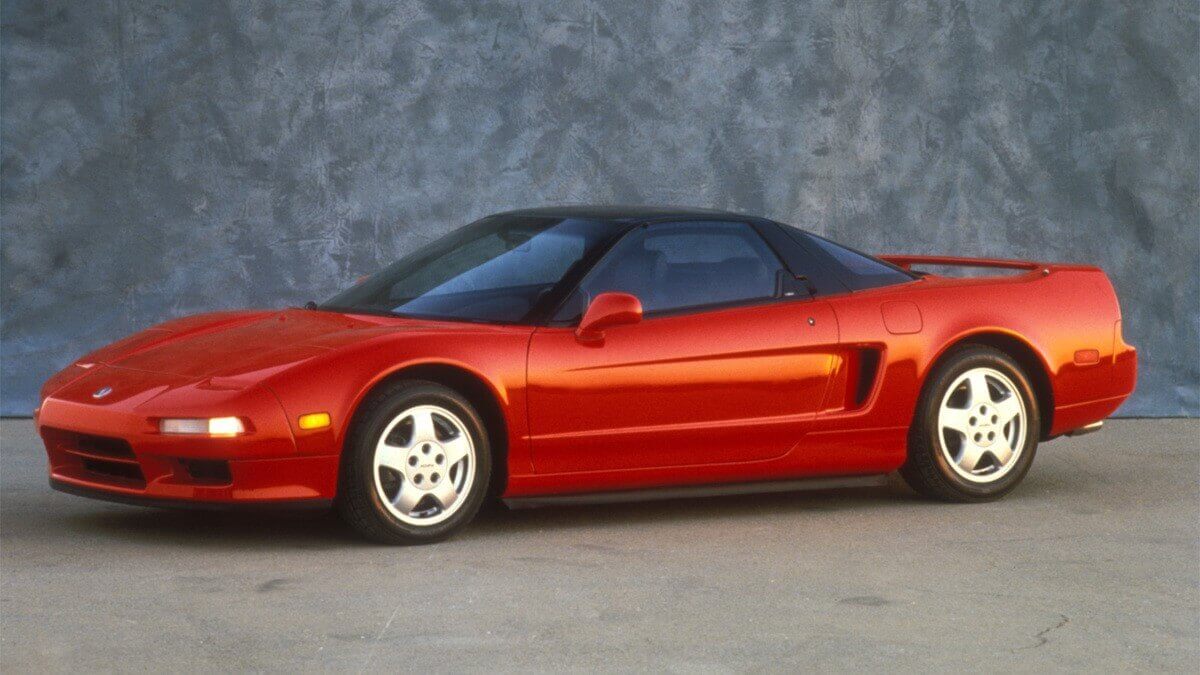



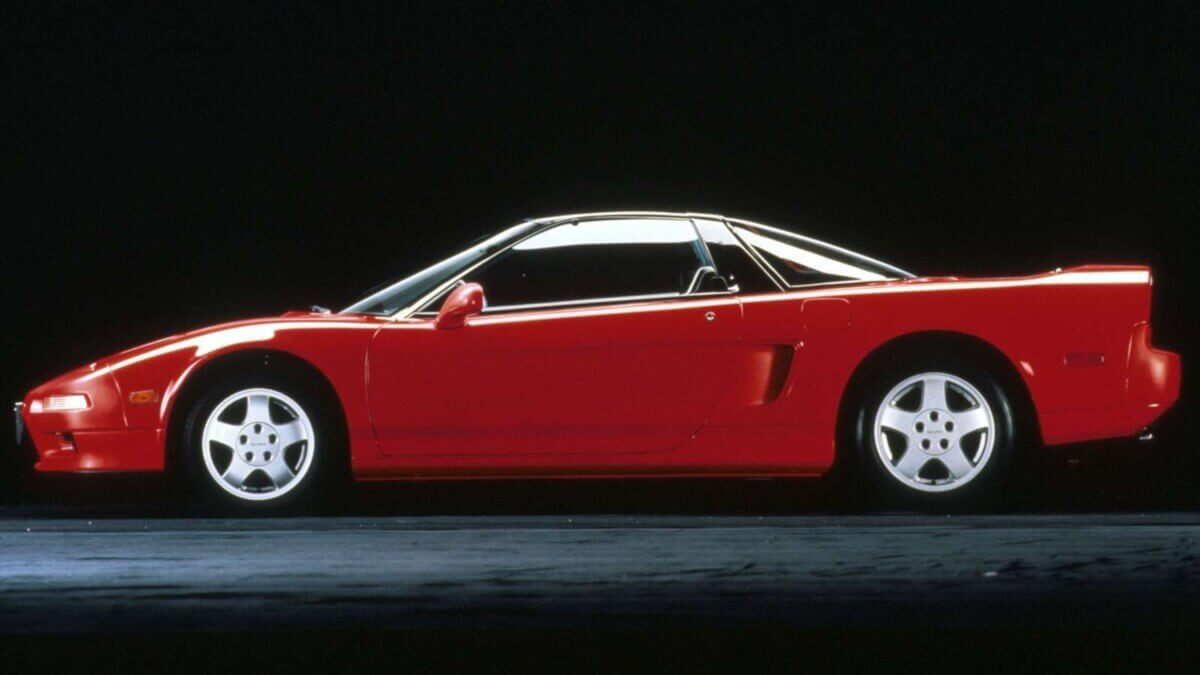



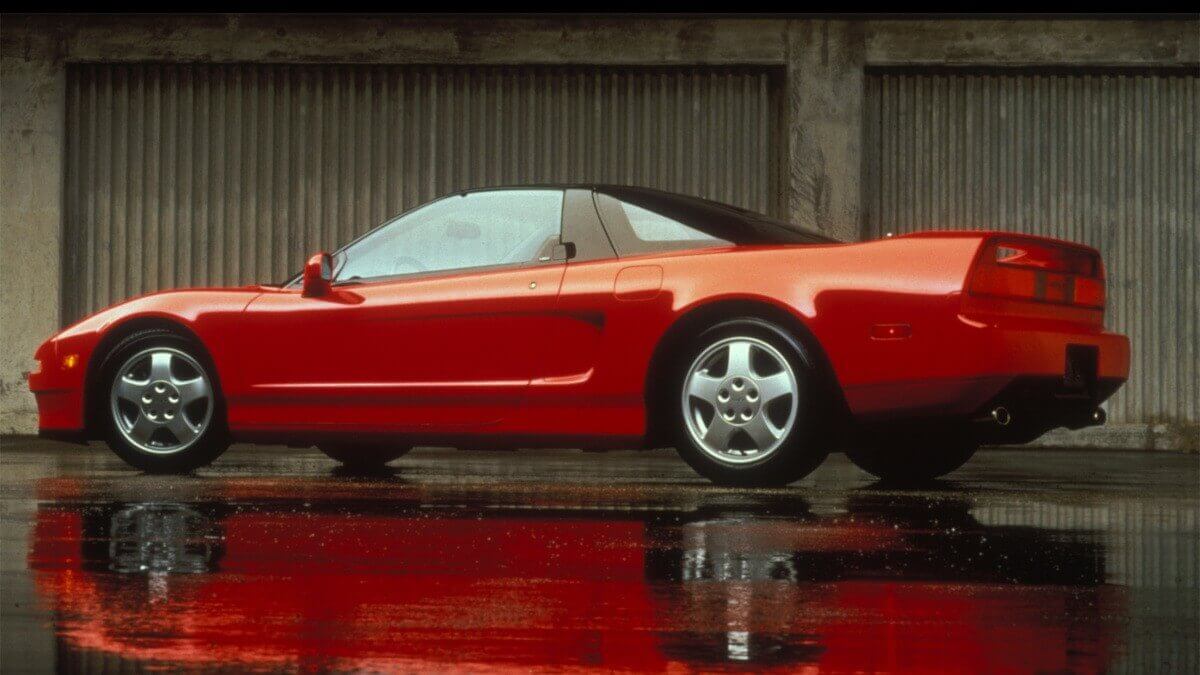



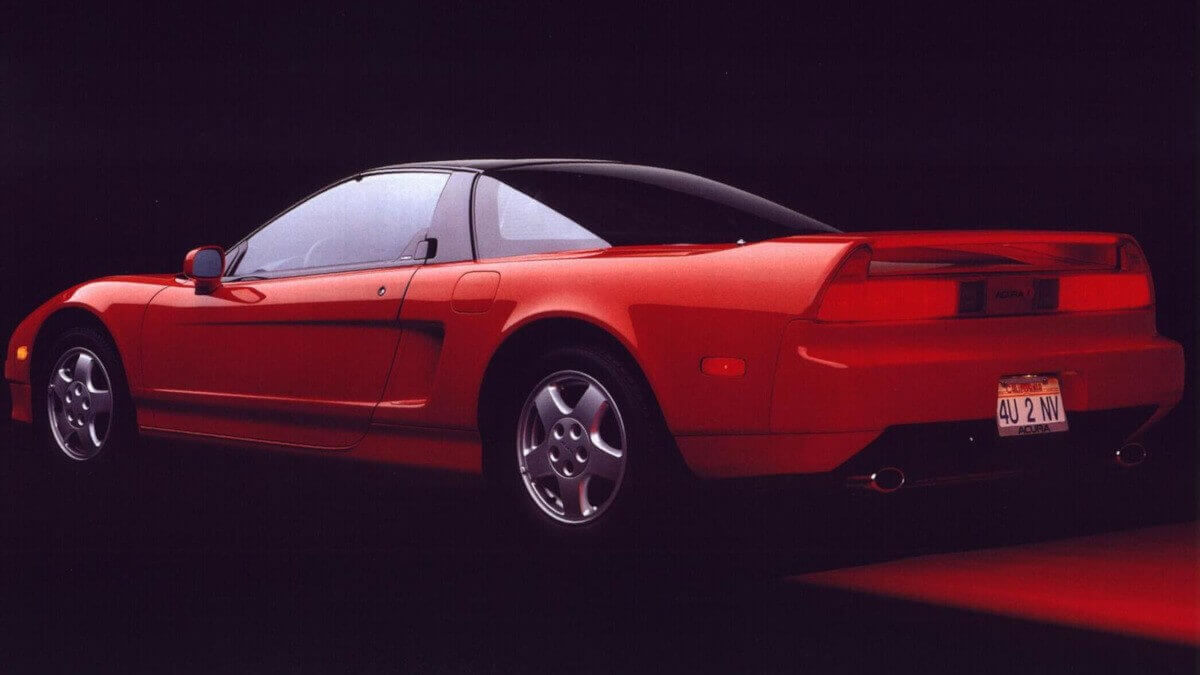



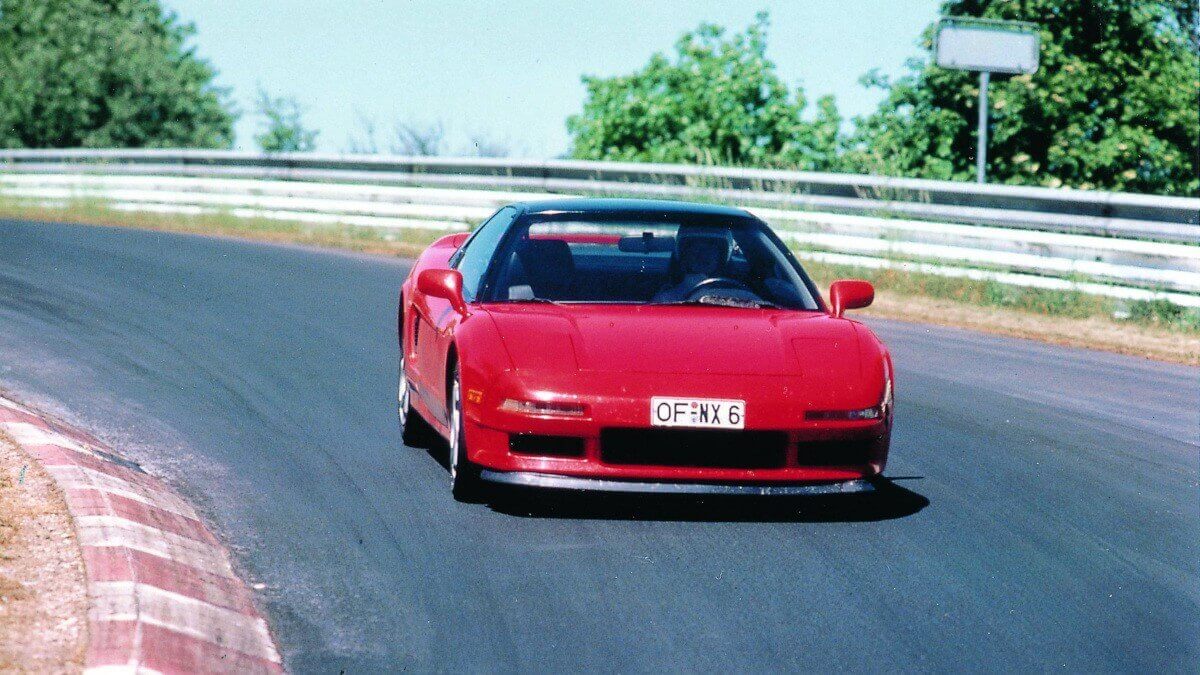



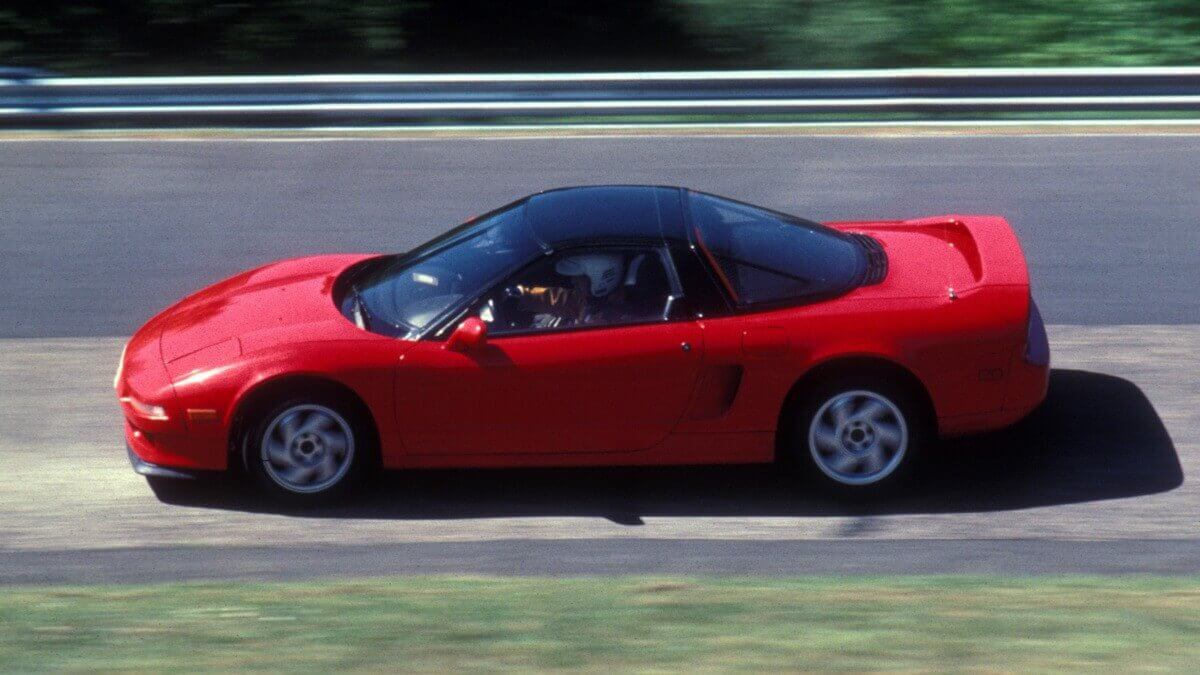



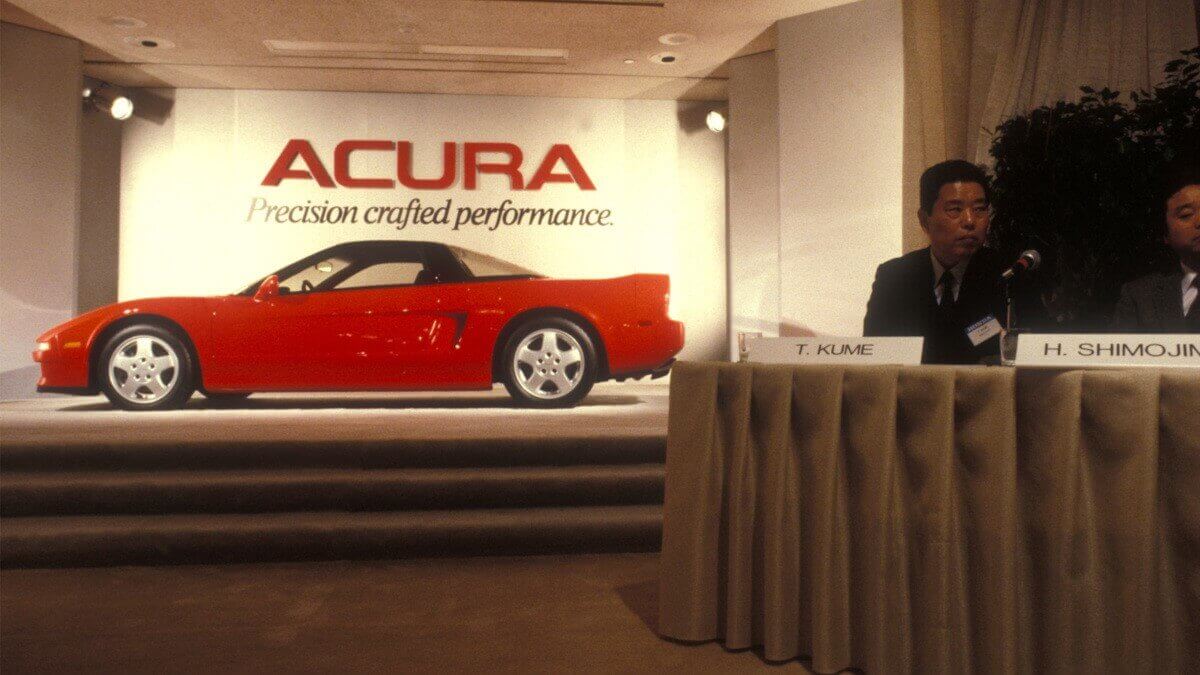



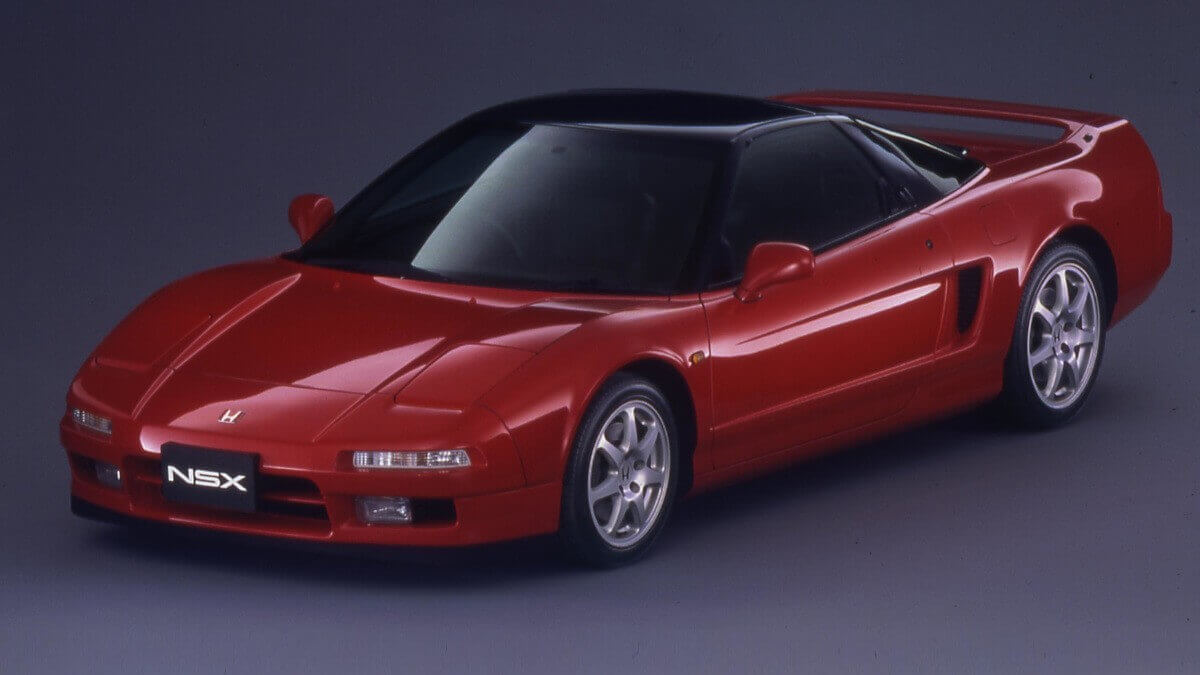



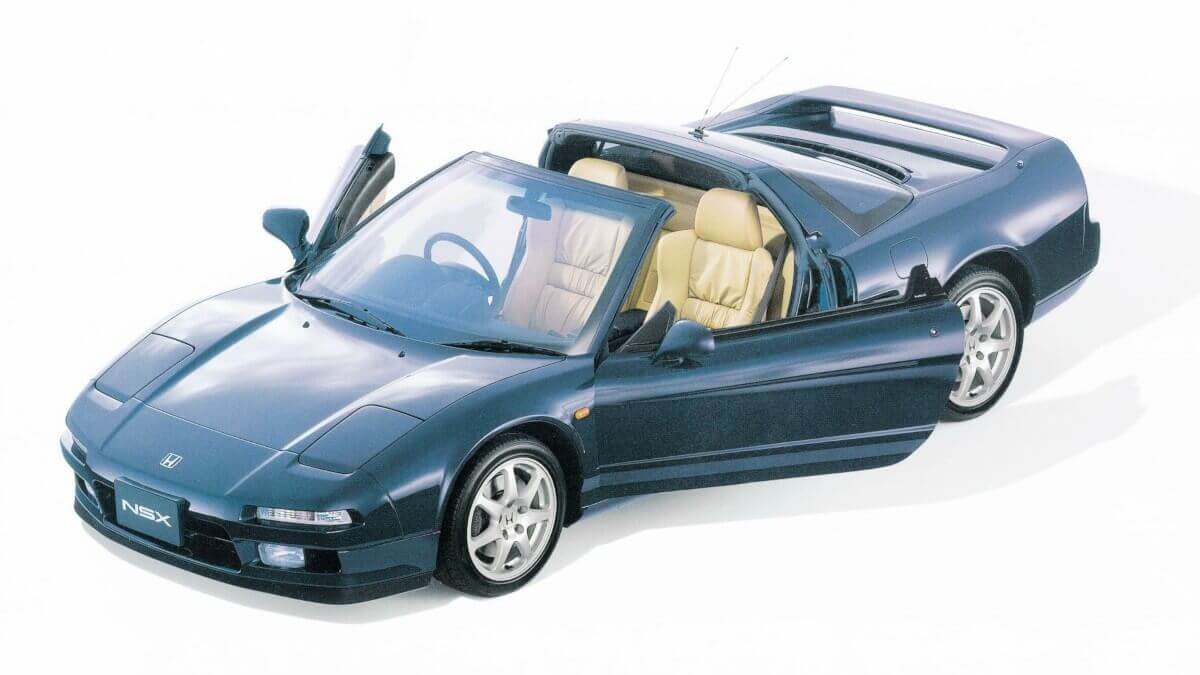



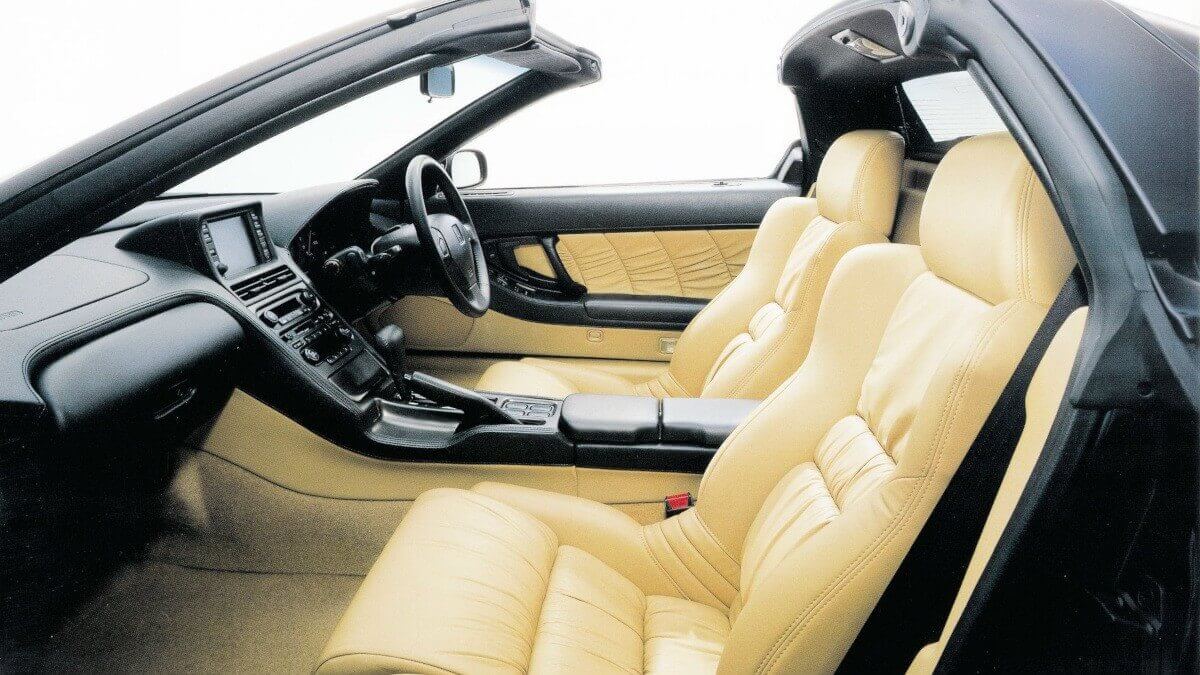



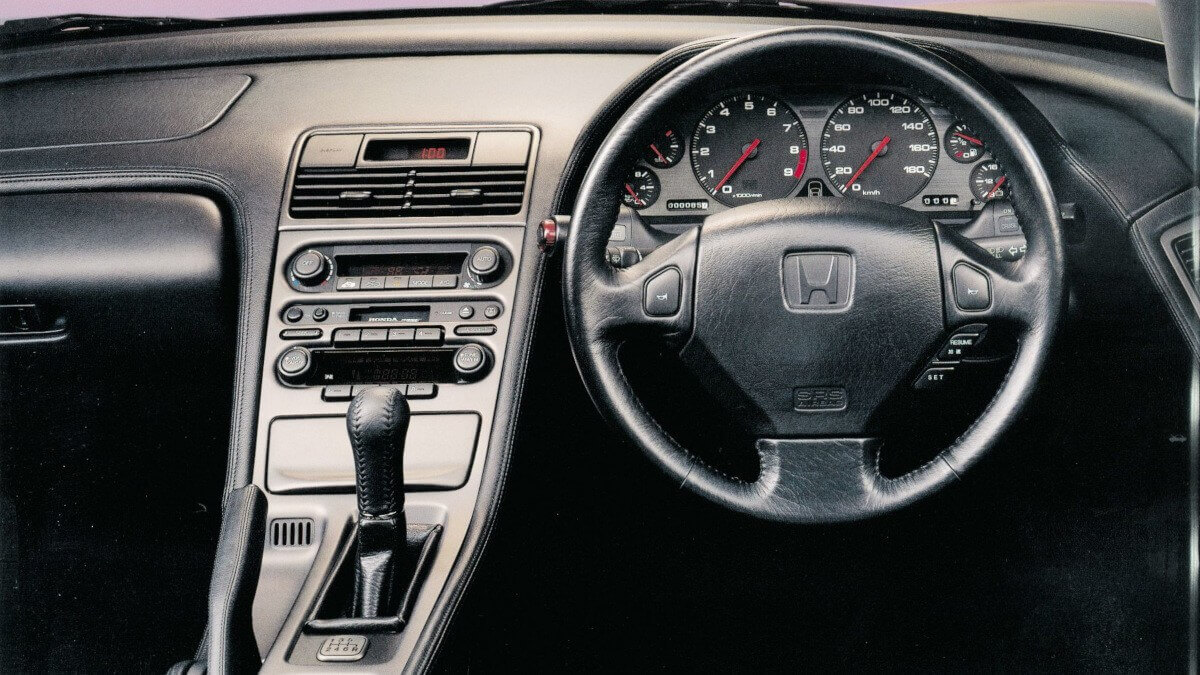



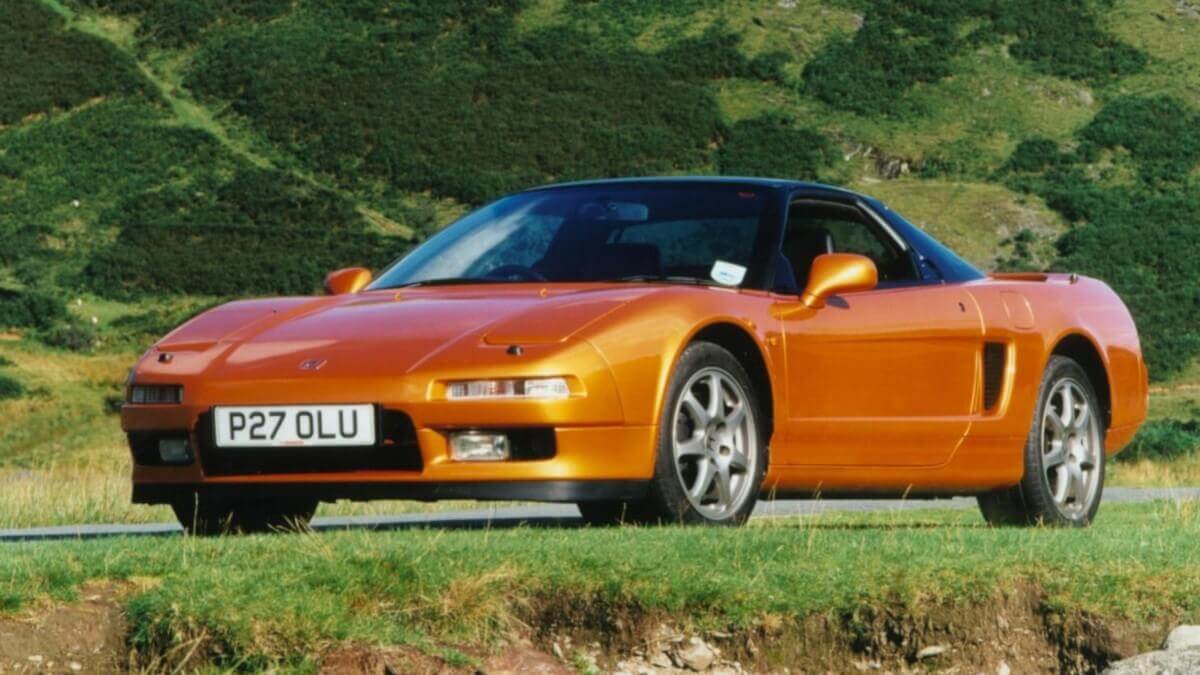



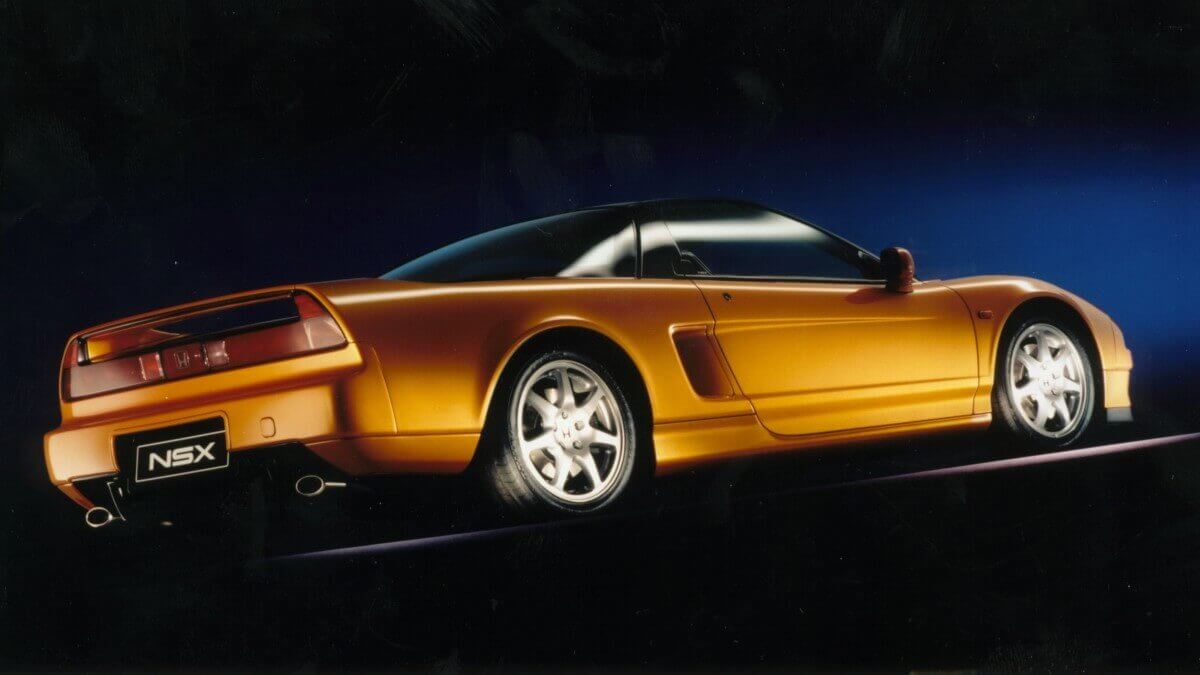



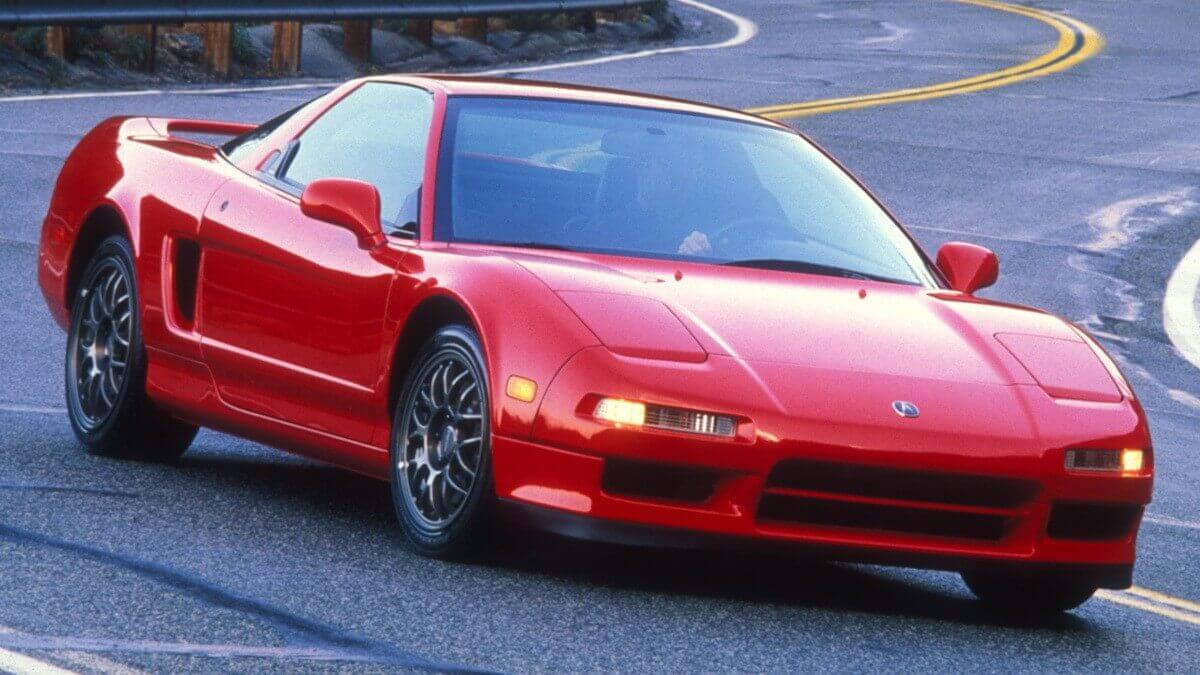



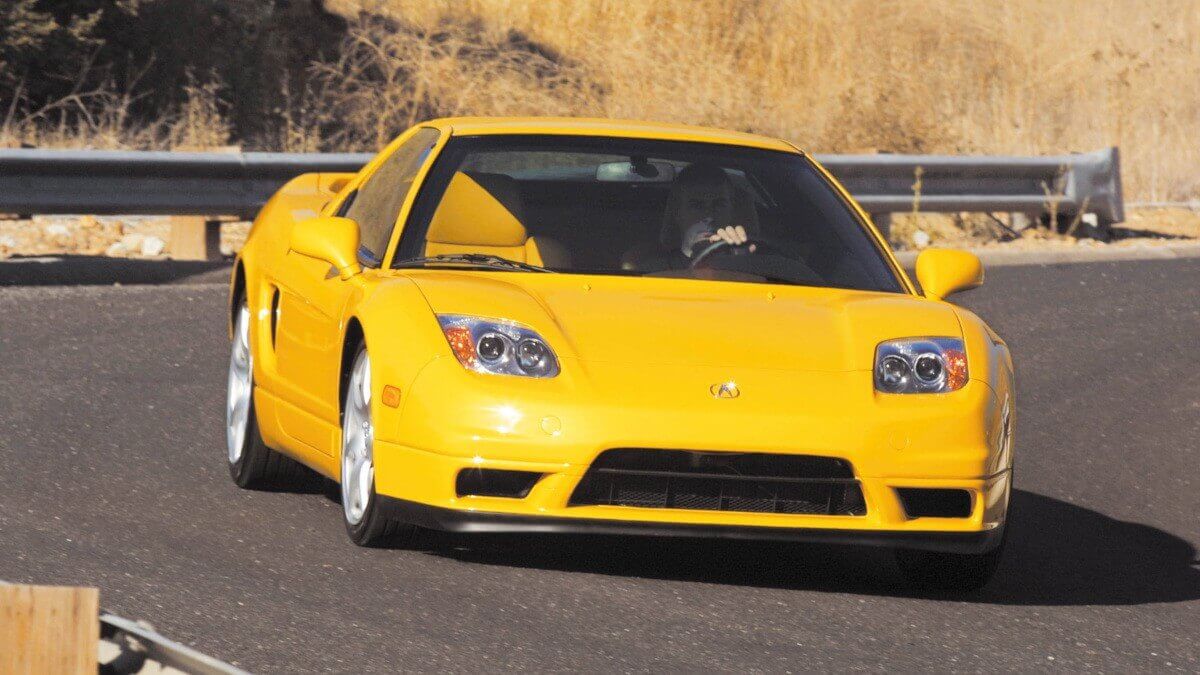



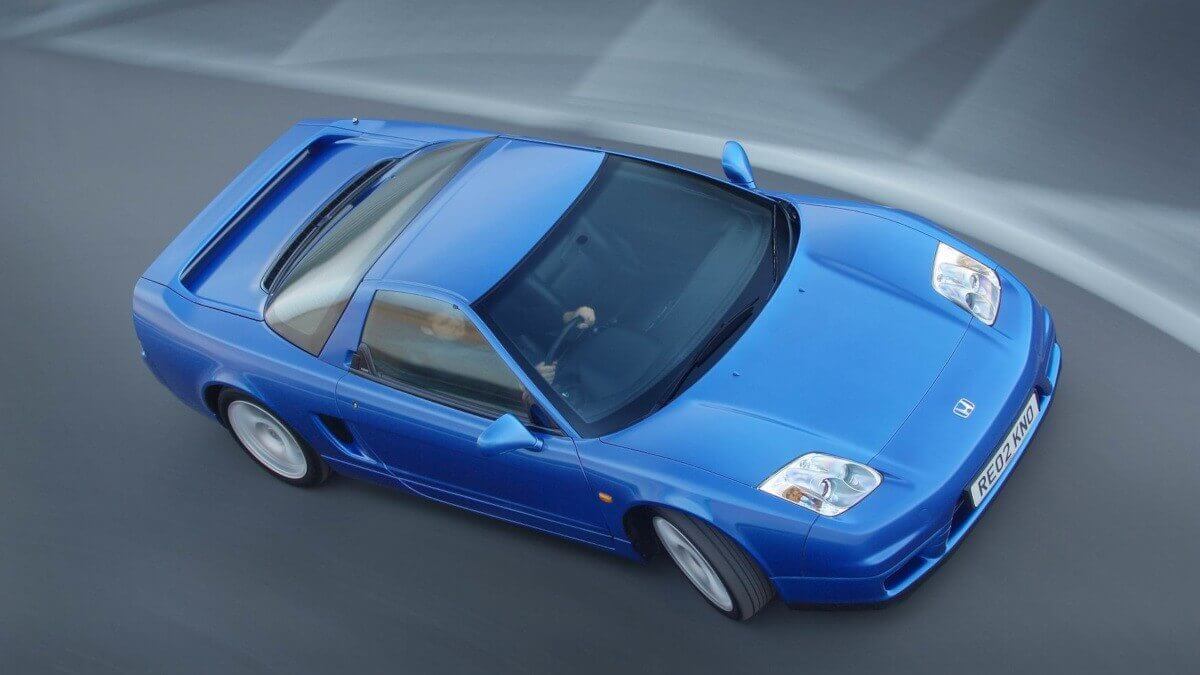



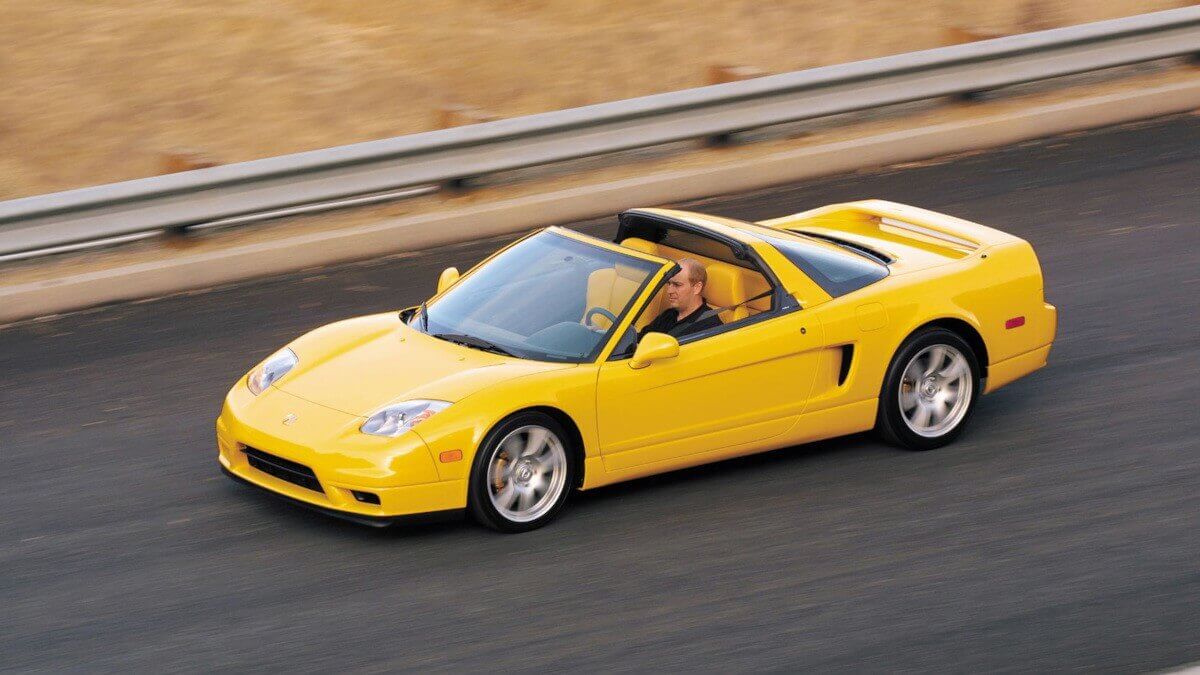



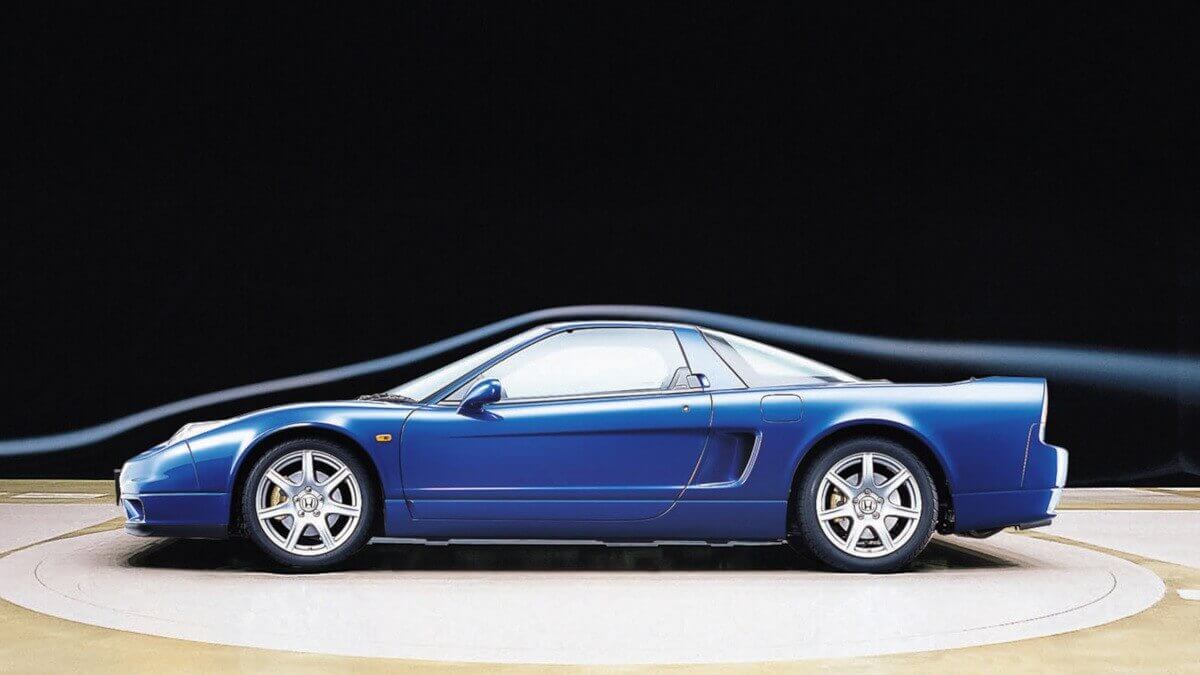



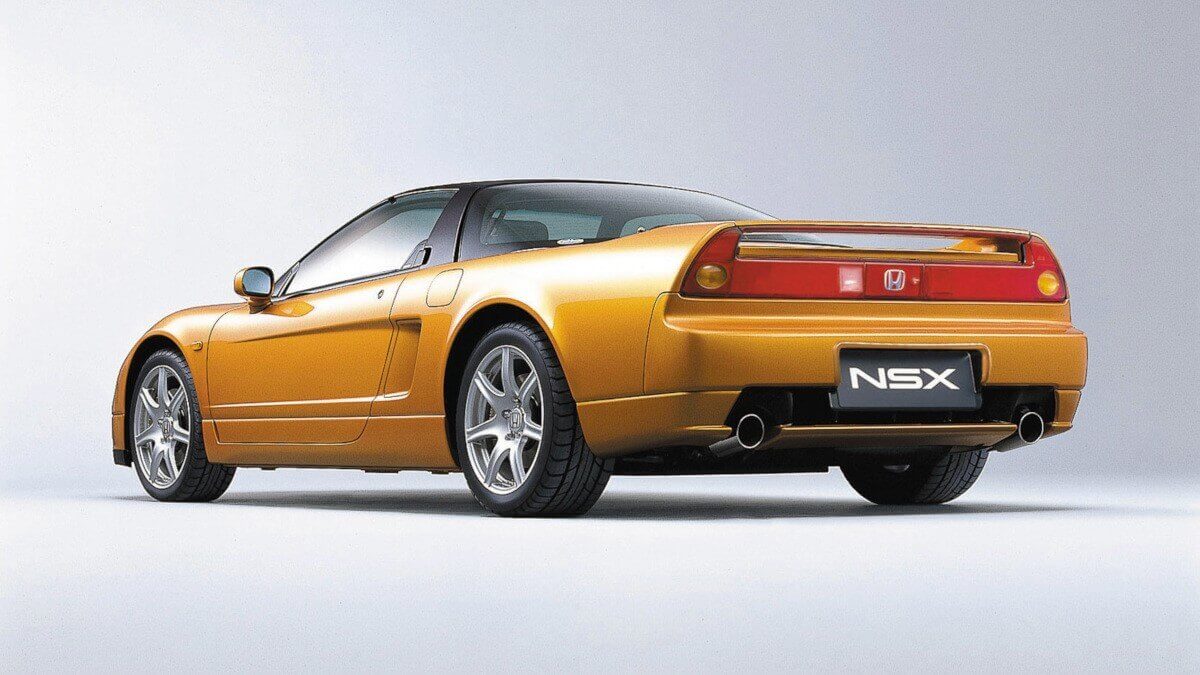



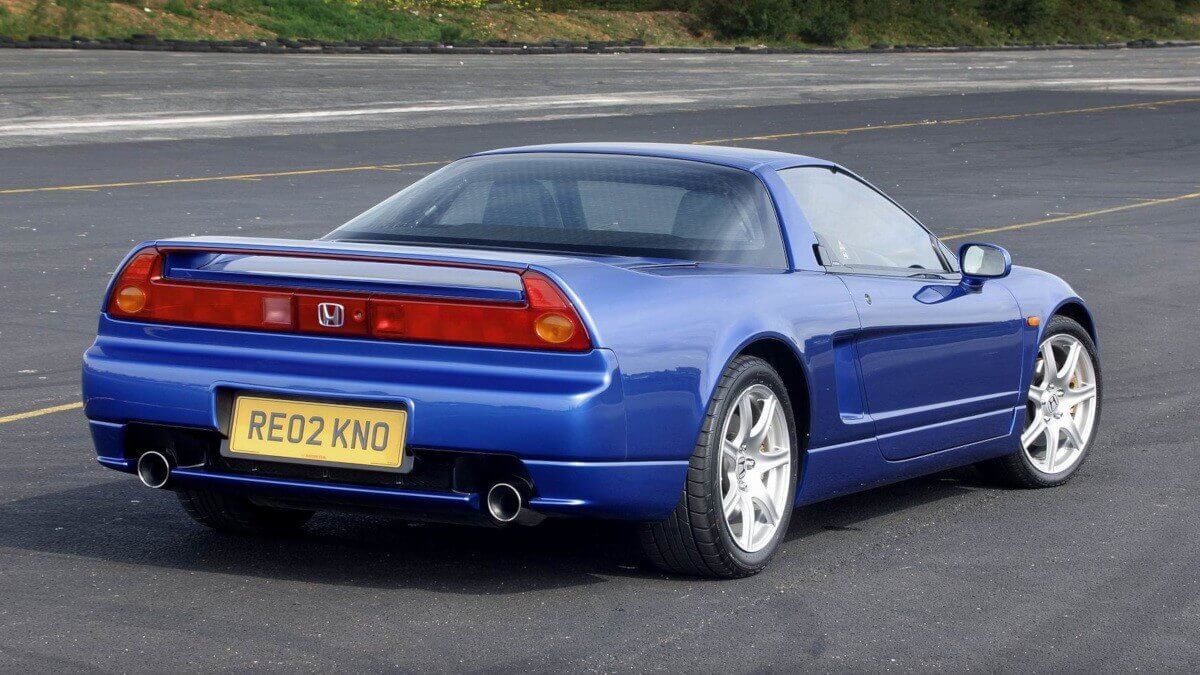



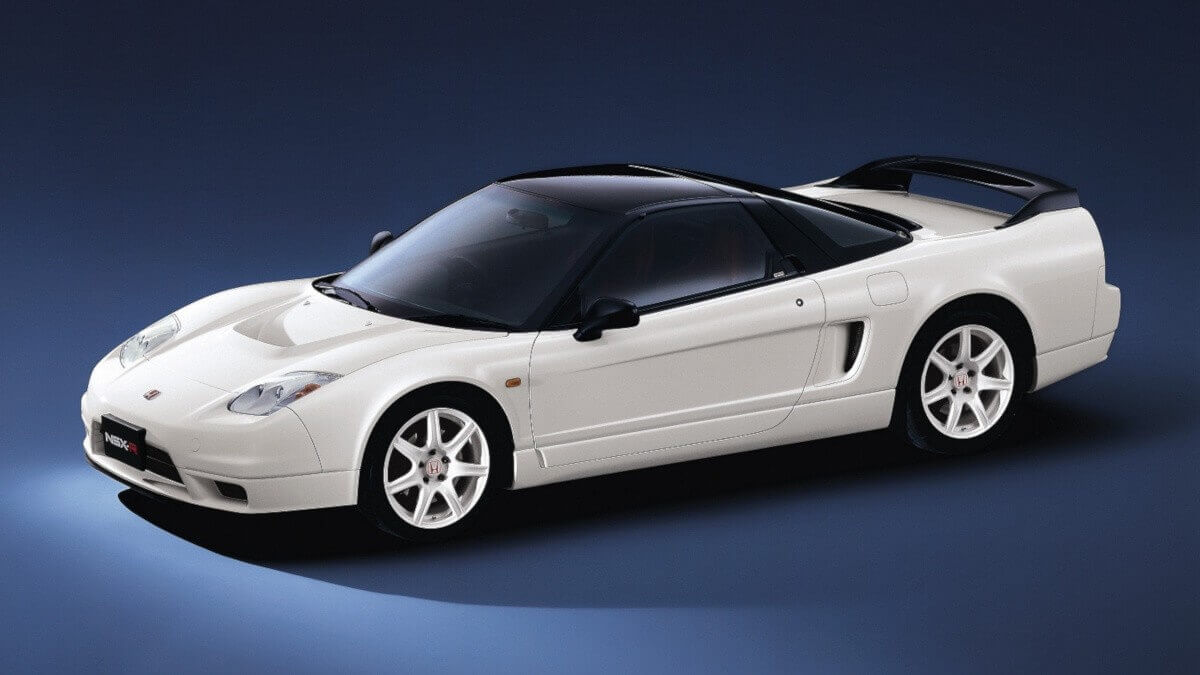



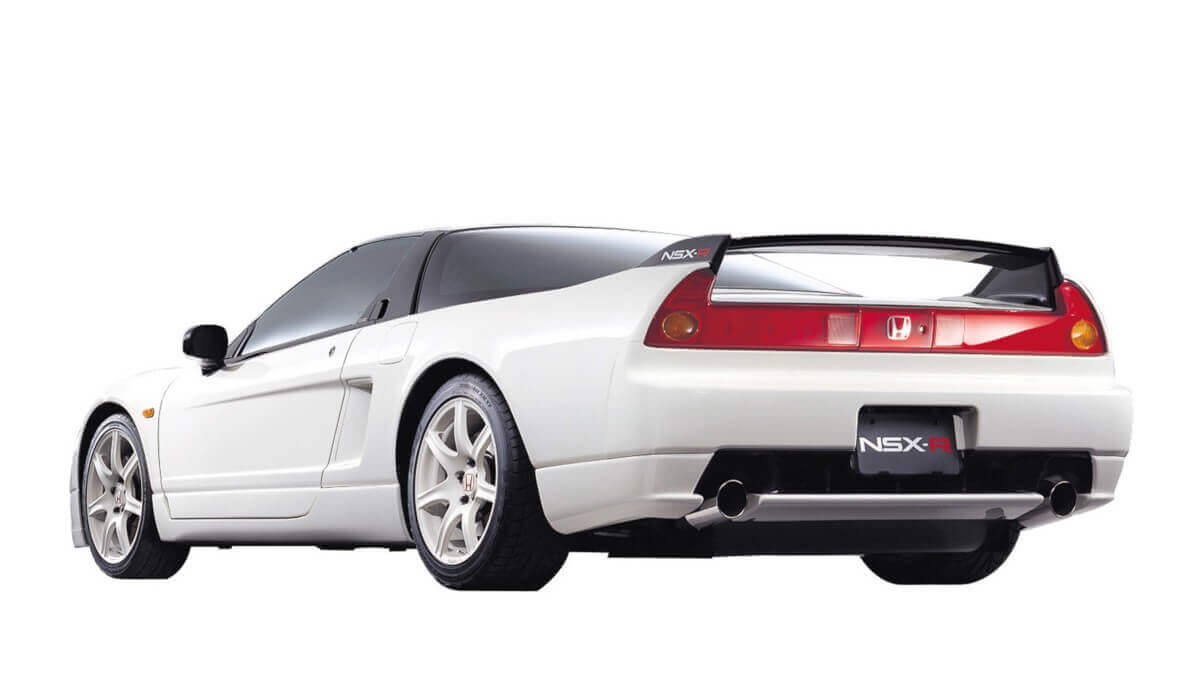



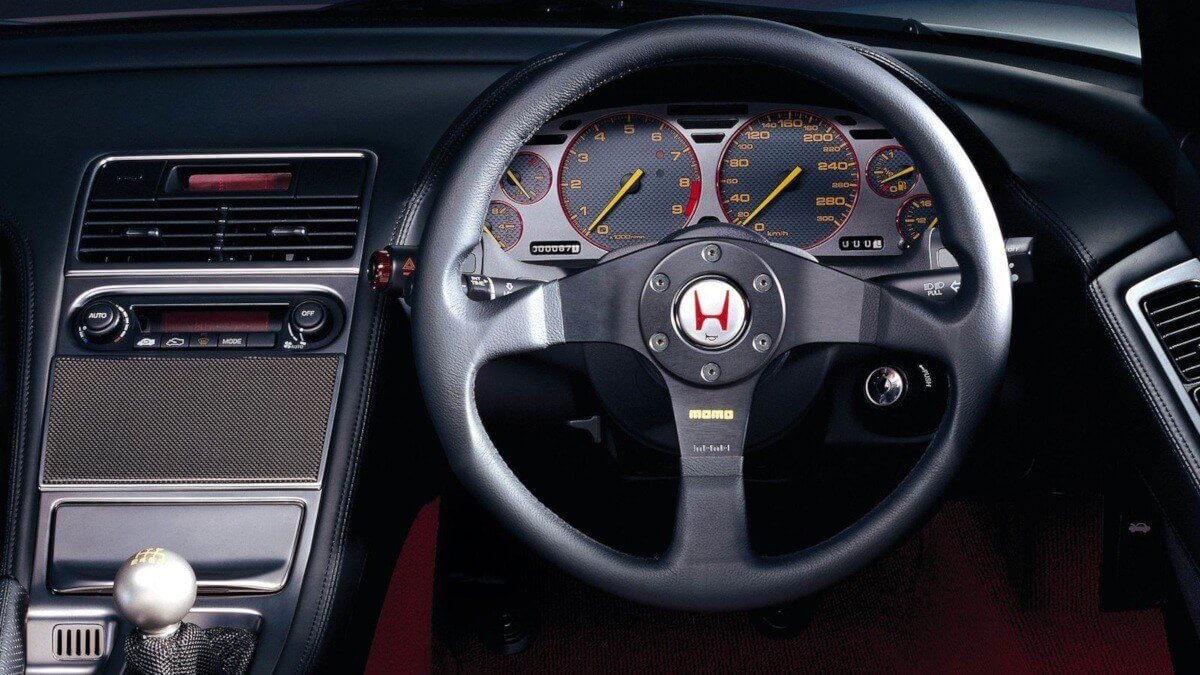



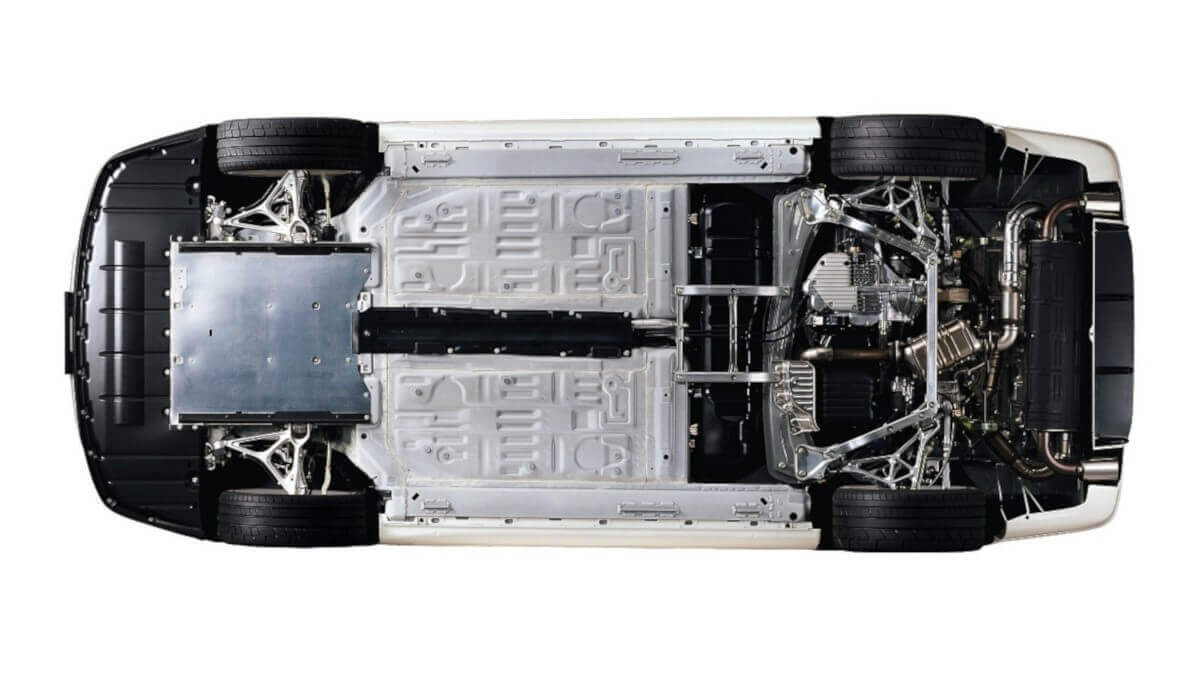



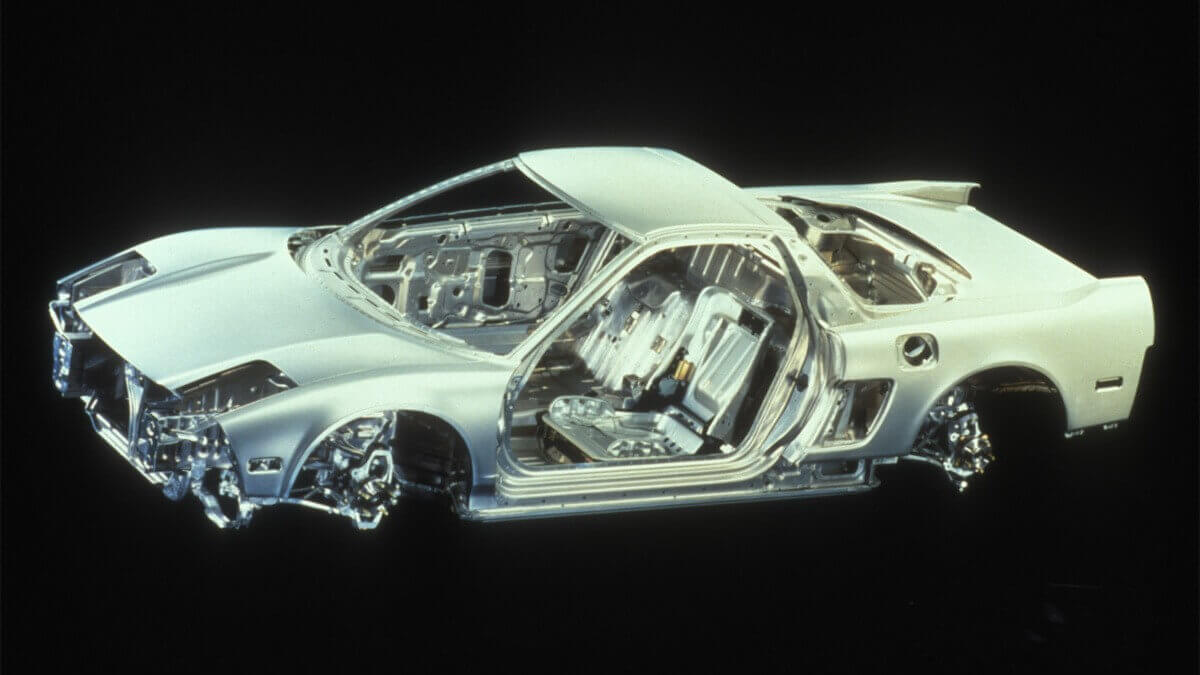



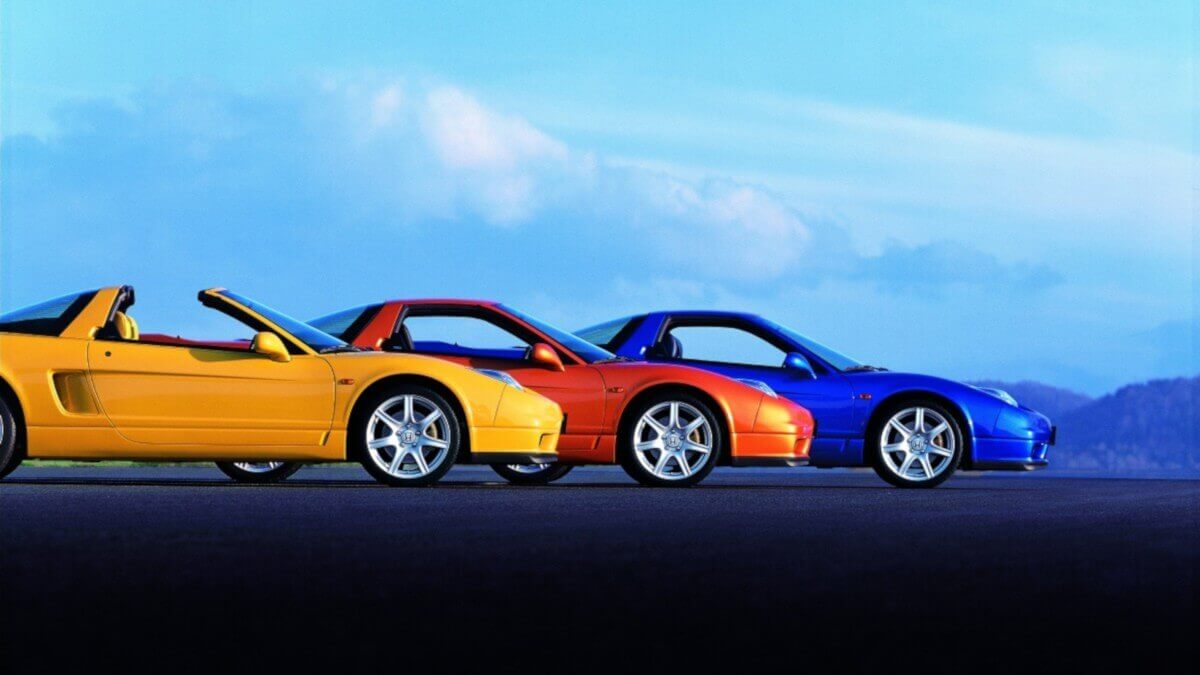



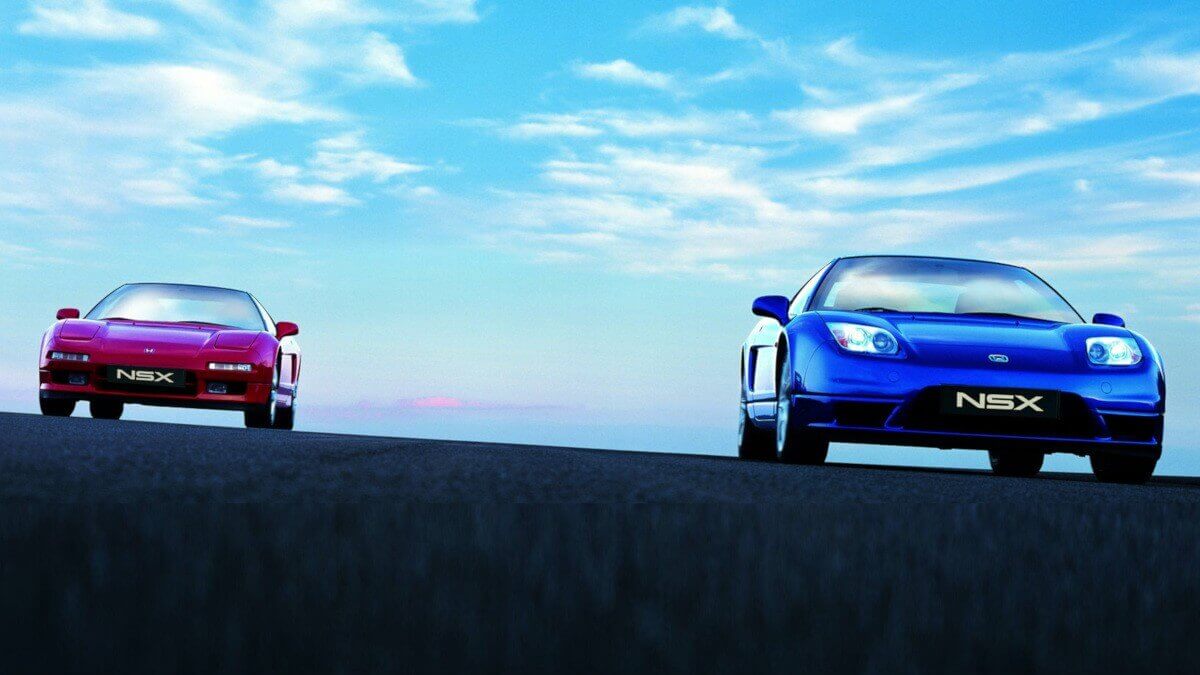



Initially, the Honda NSX and the identical Acura NSX, which was offered in USA and Canada, was exclusively available as a closed Coupé. Despite its lightweight aluminium bodywork, the 1.4 tonne curb weight was on par with contemporary competitors in conventional steel construction. This results from the unusually high standard equipment with air conditioning, electric leather seats, airbags and a high quality audio system with CD player. Without this equipment and with reduced insulation material, the curb weight of the Type R variant introduced in 2002 could be reduced to 1,244 kilograms. Previously, in 1995 the NSX-T debuted with a removable center roof part as a Targa version. In 1997, a first major facelift happened, in which the centrally installed V6 engine grew from three to 3.2 liters of displacement. However, the resulting power output of 206 kW/280 hp and 298 newtonmeters of torque was only marginally higher than the original 201 kW/274 hp and 284 newtonmeters. What sounds like a small amount of power from today’s point of view could hardly be surpassed by the much more expensive Ferrari 348 back in those days. In addition, Honda exchanged the original five-speed gearbox with two-disc clutch for a six-speed gearbox with single-disc clutch and single-flywheel from LuK. In parallel there was a NSX version with four-speed automatic transmission, offered from production start to end only with the three-liter naturally aspirated engine. While the NSX with automatic accounted for five to 15 percent of total NSX sales in the US, depending on the model year, only a few of them were sold to dealers in Europe and Asia.
In 2002, Honda facelifted the now slightly aged concept a second time. The popular folding headlights were accounted for. Various discussions on crash safety for pedestrians led to abandoning this light concept at nearly every manufacturer. Instead, the NSX used clear glass covered headlight units and also got a visual revised rear light strip. As a positive side effect, the aerodynamics could be improved and thus the maximum speed could be increased to 280 kph (174 mph). Unfortunately, the Japanese brand retained the previously mentioned Type R (NSX-R) for their domestic market. Likewise there were several limited special edition models in some countries, like the 1999 Zanardi Edition in the USA or the Last Edition in 2005 in the UK. In 2005 the production of the NSX ended after approximately 18,000 copies. Of these, according to official records, only 271 arrived new to Germany. This was more due to the small number of only 12 authorized NSX dealers in Germany and the high price, than to the vehicle quality. The latter was praised by all automotive journalists who were allowed to test a NSX over the entire production time, with particular emphasis on everyday usability and reliability. The new NSX, offered since 2016, only shares the name and the mid-engine layout with the original, but instead trusts in turbocharging and a hybrid concept.
Images: Honda, Acura




